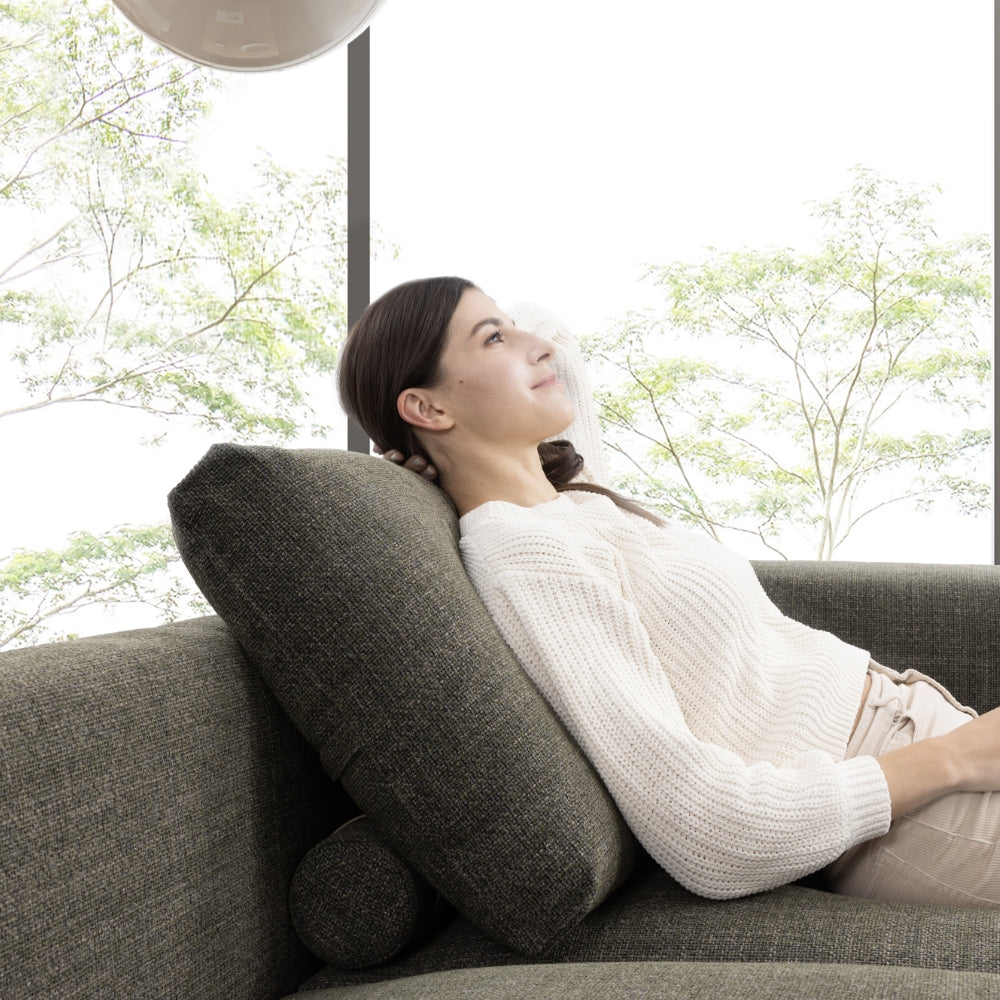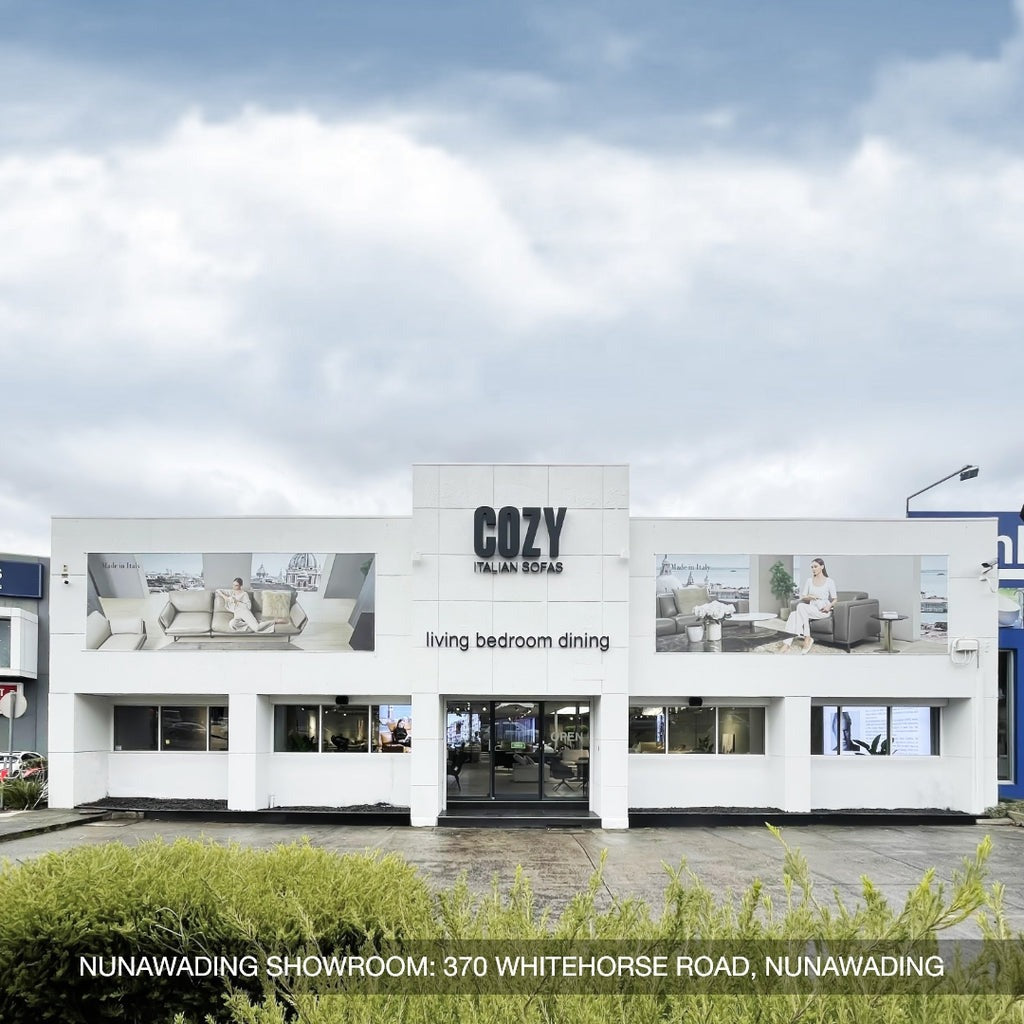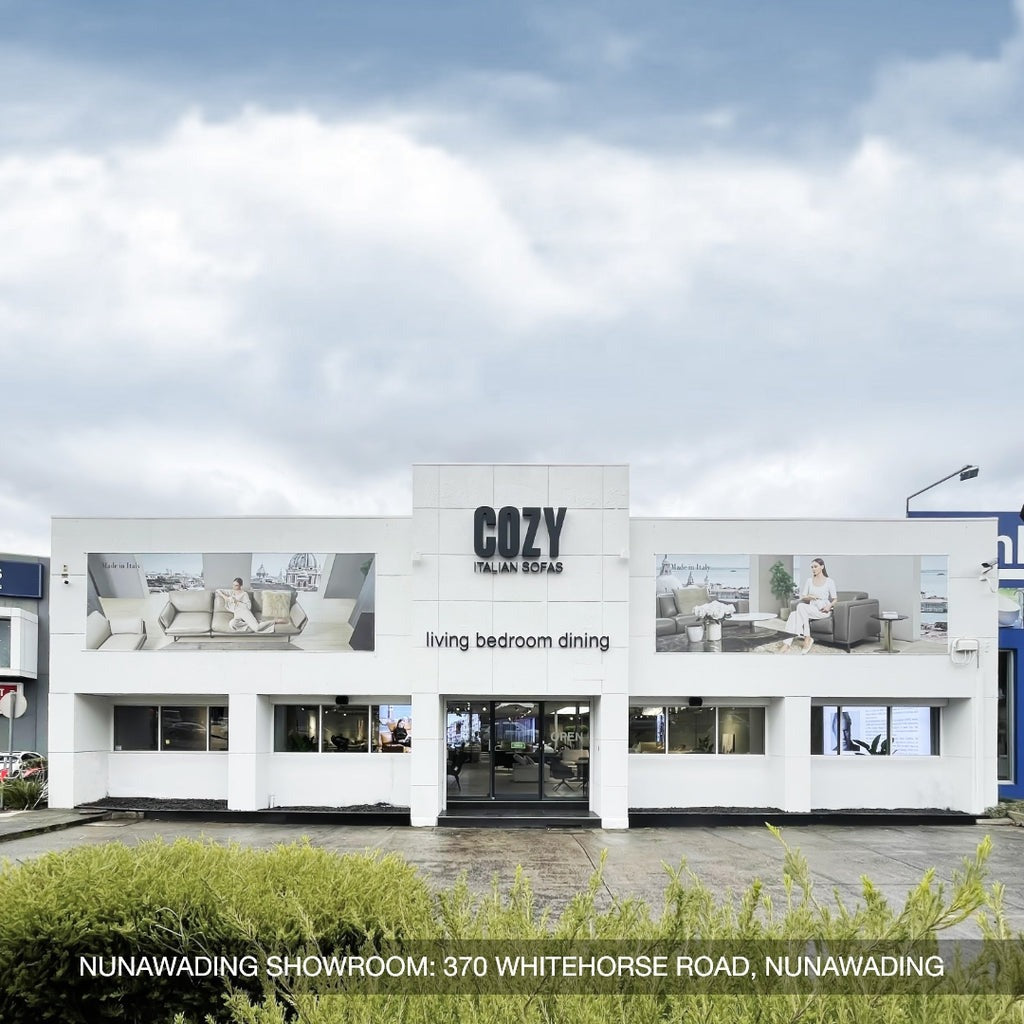Choosing the right upholstery fabric for your furniture is crucial in creating a comfortable and visually appealing living space. From durable and practical options to luxurious and soft textures, allows you to mix upholstery fabric ideas to explore endless possibilities and create a unique and personalized look for your furniture.
Whether you prefer a cohesive and coordinated upholstery scheme or an eclectic mix of patterns and textures, understanding the different types of upholstery fabric opens up a world of creativity and design. Elevate the aesthetics and functionality of your furniture by exploring the diverse range of upholstery fabric options and bring your vision to life with a perfect blend of style and comfort.
What are Upholstery Fabrics?
Upholstery fabrics are an essential element in interior design, adding both style and functionality to furniture pieces. They come in various textures, patterns, and colors, allowing individuals to customize their spaces to reflect their unique tastes.
From luxurious velvets to durable leathers, the options are limitless. Different types of upholstery fabric include cotton, linen, silk, wool, and synthetic blends. Each fabric offers distinct characteristics, such as breathability, durability, or stain resistance, ensuring a suitable choice for every application.
Whether you prefer a classic, timeless look or a modern, eclectic vibe, exploring the diverse world of upholstery fabrics opens up a realm of possibilities for creating stunning and comfortable spaces.
11 Different Types of Furniture Upholstery Fabric
Discover the vast array of furniture upholstery fabric with these 11 different types: Cotton, Denim, Wool, Polyester, Velvet, Vinyl, Marine, Chenille, Coquet, Silk, and Nylon. Each fabric offers distinct characteristics, from the natural and breathable feel of cotton to the luxurious softness of velvet and the durability of polyester.

Velvet upholstery fabric adds a touch of opulence and sophistication to any furniture piece.
Vinyl and marine fabrics provide excellent water resistance, making them ideal for outdoor furniture. Chenille and coquet fabrics offer a cozy texture, while silk exudes elegance and sophistication. Wool and denim provide durability and versatility for various styles.

Denim upholstery fabric provide durability and versatility for various styles.
Nylon is known for its strength and resilience. With this wide range of options, you can choose upholstery fabric that suits your preferences, fits your lifestyle, and enhances the beauty and comfort of your furniture, making it a true reflection of your personal style.
Understanding these different types of upholstery fabric will enable you to make an informed decision when selecting the perfect material for your furniture upholstery. Whether you prioritize comfort, longevity, or aesthetics, there is a fabric that suits your needs and enhances the beauty and functionality of your furniture.
Natural Upholstery Fabric Types
Linen
- Natural and eco-friendly fabric made from flax fibers.
- Highly breathable and moisture-wicking, making it ideal for warm climates.
- Strong and durable, resistant to pilling and abrasion.
- Wrinkles easily, which is considered a part of its charm and natural appearance.
- Has a smooth and textured feel, with a slightly coarse and crisp touch.
|
Pros |
Cons |
|
Natural and breathable fabric. Durable and long-lasting. Resistant to pilling. Adds a touch of elegance and sophistication. |
Prone to wrinkling. Requires regular ironing or steaming. Can be difficult to clean and remove stains. May fade over time with exposure to sunlight. |
Silk
- Luxurious and elegant fabric made from the cocoons of silkworms.
- Smooth and soft to the touch, with a natural sheen and lustrous appearance.
- Lightweight and breathable, providing comfort in both warm and cold climates.
- Known for its high tensile strength, but it can be delicate and require gentle care.
- Absorbs dyes beautifully, resulting in vibrant and rich colors.
|
Pros |
Cons |
|
Luxurious and elegant appearance. Soft and smooth texture. Highly breathable fabric. Offers natural temperature regulation. |
Requires delicate handling and care. Prone to staining and water damage. High maintenance, requiring professional cleaning. Expensive compared to other upholstery fabrics. |
Wool
- Natural fiber obtained from sheep, goats, or other animals.
- Excellent insulating properties, keeping you warm in colder weather.
- Moisture-wicking and breathable, helping to regulate body temperature.
- Resilient and durable, resistant to wrinkles, creases, and abrasion.
- Naturally flame-resistant and can retain warmth even when wet.
|
Pros |
Cons |
|
Excellent insulation properties, providing warmth. Durable and long-lasting fabric. Resistant to wrinkles and creases. Naturally flame retardant. |
Can be prone to shedding and pilling. Requires special care and cleaning. Limited color and pattern options compared to other fabrics. May cause allergic reactions in some individuals. |
Vinyl
- Synthetic fabric made from polyvinyl chloride (PVC).
- Durable and long-lasting, with resistance to stains, spills, and fading.
- Easy to clean and maintain, usually requiring just a wipe with a damp cloth.
- Waterproof or water-resistant, making it suitable for high-moisture areas.
- Available in a wide range of colors, textures, and patterns.
|
Pros |
Cons |
|
Water-resistant and easy to clean. Durable and resistant to wear and tear. Available in a wide range of colors and patterns. Affordable compared to other upholstery fabrics. |
Can be prone to cracking and peeling over time. Lacks breathability and may cause discomfort in hot weather. Less luxurious and natural-looking compared to other fabrics. May emit a chemical odor when new. |
Velvet
- Luxurious fabric with a dense pile and a soft, plush feel.
- Smooth and lustrous appearance, with a slight sheen that varies with the light.
- Soft and comfortable to the touch, providing a sense of luxury and warmth.
- Shows a subtle play of light and shadow due to its nap and pile construction.
- Can be prone to crushing and shading, requiring regular brushing and care.
|
Pros |
Cons |
|
Luxurious and elegant appearance. Soft and plush texture. Offers warmth and comfort. Enhances visual appeal and adds a touch of sophistication. |
Prone to showing marks and imprints. Requires careful maintenance to prevent crushing and matting. Can be difficult to clean and remove stains. May fade over time with prolonged exposure to sunlight. |
Jute
- Natural fiber derived from the jute plant, commonly used in upholstery.
- Strong and durable, with good tensile strength and abrasion resistance.
- Environmentally friendly, as jute is a renewable and biodegradable material.
- Has a coarse texture with a rustic and natural appearance.
- Can be prone to wrinkling and stretching, and may require lining for stability.
|
Pros |
Cons |
|
Natural and eco-friendly material. Strong and durable. Offers a rustic and textured appearance. Resistant to fading and discoloration. |
Prone to shedding and fiber breakage. Can be rough and less comfortable compared to other fabrics. Susceptible to moisture damage and mold growth. Limited color and pattern options. |
Synthetic Upholstery Fabric Types
Smart Fabric

Smart fabric sofas at COZY Living
- Integrates technology to provide additional functionalities like temperature regulation or moisture-wicking properties.
- Can respond to stimuli, such as changes in temperature or touch, to adapt its properties.
- Some smart fabrics may have embedded sensors or conductive threads for interactive purposes.
- Offers versatility and innovation for modern upholstery applications.
|
Pros |
Cons |
|
Innovative technology embedded in the fabric. Can provide interactive and responsive features. Offers convenience and enhanced functionality. Potential for integration with smart home systems. |
Limited availability and higher cost compared to traditional fabrics. May require specialized maintenance and care. Reliability and longevity of smart features may vary. Limited design options and aesthetic variations. |
4.2. Faux leather
- Synthetic fabric designed to mimic the look and feel of genuine leather.
- Typically made from polyurethane or PVC, making it more affordable and animal-friendly.
- Durable and resistant to stains, making it easy to clean and maintain.
- Provides a wide range of colors and textures, suitable for various design styles.
|
Pros |
Cons |
|
Affordable and cost-effective alternative to genuine leather. Easy to clean and maintain. Resistant to stains and water damage. Animal-friendly option for those opposed to real leather. |
Less durable and prone to cracking or peeling over time. Lacks the natural and luxurious feel of genuine leather. May not age as gracefully as real leather. Limited breathability, leading to discomfort in hot weather. |
Polyester
- Synthetic fabric known for its durability and resistance to wrinkling and fading.
- Quick-drying and moisture-wicking properties make it suitable for high-traffic areas.
- Retains color well and resists stretching and shrinking.
- Often blended with other fibers to enhance its properties.
|
Pros |
Cons |
|
Durable and long-lasting fabric. Resistant to wrinkles and shrinking. Offers good color retention. Affordable and widely available. |
Less breathable compared to natural fabrics. Can be prone to static buildup. May pill or snag with frequent use. Not as luxurious in appearance as some other upholstery fabrics. |
Acrylic
- Synthetic fabric with a wool-like appearance and feel.
- Resistant to sunlight, mildew, and insects, making it suitable for outdoor upholstery.
- Retains color well and has good resistance to abrasion and pilling.
- Provides warmth and comfort while being lightweight and easy to care for.
|
Pros |
Cons |
|
Lightweight and easy to handle. Resistant to fading and UV damage. Offers a wide range of color options. Retains its shape and structure well. |
Prone to scratching and surface abrasions. May not be as durable as other upholstery fabrics. Less breathable and can cause discomfort in hot weather. Can be susceptible to pilling over time. |
Olefin
- Synthetic fabric with excellent durability and resistance to staining, fading, and mildew.
- Highly resistant to moisture and chemicals, making it suitable for outdoor or high-moisture areas.
- Lightweight and quick-drying, with good resistance to abrasion and pilling.
- Can be woven to resemble natural fibers like wool or cotton.
|
Pros |
Cons |
|
Highly durable and resistant to wear and tear. Excellent color retention and resistance to fading. Moisture-resistant and quick-drying. Resistant to stains and mildew. |
Not as soft or luxurious in texture compared to other fabrics. Can be prone to pilling and fuzzing over time. Limited breathability and may cause discomfort in hot weather. Less resistant to heat and may melt or deform under high temperatures. |
Rayon
- Semi-synthetic fabric made from cellulose fibers.
- Has a soft and smooth texture, resembling silk or cotton.
- Can be blended with other fibers to enhance its properties.
- Offers good drapability and color retention, but may require special care to prevent shrinkage or stretching.
|
Pros |
Cons |
|
Soft and smooth texture, resembling silk. Drapes well and offers good breathability. Versatile and can mimic the appearance of other fabrics. Can be blended with other materials for enhanced performance. |
Prone to wrinkles and creases. Requires delicate handling and care. Can shrink when exposed to moisture or heat. Less durable and may wear out faster compared to other fabrics. |
Cotton
- Natural fiber that can also be blended with synthetic fibers for upholstery purposes.
- Breathable and comfortable, with good moisture absorption properties.
- Soft and gentle on the skin, providing a cozy feel.
- May be prone to wrinkling and fading, requiring regular maintenance and care.
|
Pros |
Cons |
|
Natural and breathable fabric. Soft and comfortable to the touch. Hypoallergenic and suitable for sensitive skin. Versatile and available in various patterns and colors. |
Prone to wrinkling and shrinking. Can easily absorb stains and require special care for cleaning. Less resistant to wear and tear compared to synthetic fabrics. May fade over time with repeated washing or exposure to sunlight. |
Chenille
- Soft and plush fabric with a textured appearance.
- Made from cotton, synthetic fibers, or a blend of both.
- Offers a luxurious feel and can provide depth and dimension to upholstery.
- Can be prone to snagging, so it requires careful handling and maintenance.
|
Pros |
Cons |
|
Plush and soft texture. Durable and long-lasting fabric. Provides warmth and coziness. Resistant to pilling and snagging. |
Can be prone to crushing or matting. May require professional cleaning. Limited breathability and may retain heat. Some Chenille fabrics may be less resistant to stains compared to others. |
Acetate
- Synthetic fabric with a silk-like appearance and drape.
- Resistant to mold and mildew, making it suitable for humid environments.
- Can be prone to wrinkles and may require special care during cleaning.
- Often used as a lining fabric or in blends with other fibers.
|
Pros |
Cons |
|
Resembles the appearance of silk. Lightweight and drapes well. Resistant to shrinking and wrinkling. Offers good color retention. |
Prone to static and can cling to the body. Not as durable as other fabrics, susceptible to wear and tear. Can be damaged by moisture and heat. Requires delicate care and may need professional cleaning. |
Croquet
- Synthetic fabric with a textured and woven appearance.
- Offers durability and resistance to fading and stains.
- Provides a casual and rustic charm to upholstery.
- Often used for outdoor or casual furniture applications.
|
Pros |
Cons |
|
Classic and timeless aesthetic. Provides a sophisticated and elegant look. Durable and resistant to wear. Offers a variety of color options. |
Can be expensive compared to other fabrics. Requires proper maintenance and care. Limited availability and design options. May not be suitable for high-traffic areas. |
FAQs
How to Identify Couch Material?
When trying to identify the material of a couch, there are several indicators to look for. Start by examining the fabric texture and appearance. Common types of upholstery fabric include cotton, linen, polyester, velvet, leather, and more. Check for any labels or tags on the couch that indicate the material used.
You can also perform a touch test to determine the fabric's softness, smoothness, or roughness. Additionally, consider the couch's overall characteristics, such as breathability, durability, or resistance to stains.
If unsure, consulting with a professional or using online resources that specialize in identifying types of upholstery fabric can be helpful in making an accurate assessment.
What's The Most Durable Furniture Fabric?
Determining the most durable furniture fabric involves considering various types of upholstery fabric known for their resilience. Fabrics like leather, microfiber, and synthetic blends such as polyester or nylon are highly regarded for their durability.
Mixing upholstery fabric ideas can enhance the versatility of your furniture choices. Discover fabrics that are resistant to wear, stains, and fading, making them ideal for pieces subjected to frequent use. Moreover, consider tightly woven options like canvas or denim for added durability and lasting appeal.
However, the choice of the most durable upholstery fabric depends on individual needs, preferences, and the intended use of the furniture. Evaluating these factors will help in selecting the most suitable and long-lasting upholstery fabric for furniture.
Conclusion
In conclusion, understanding the different types of upholstery fabric for furniture is crucial when making informed choices. Each type of fabric has its own unique characteristics and advantages, ranging from durability and stain resistance to breathability and aesthetics.
Factors like desired comfort, maintenance needs, and furniture style play a crucial role in selecting the ideal upholstery fabric. To choose the right sofa color, find a balance between functionality and visual appeal. The selected fabric should withstand daily use while enhancing the overall aesthetics and ambiance of the furniture.
Discover the epitome of luxury and style with Cozy Living's premium fabric sofas. Crafted with precision and attention to detail, these sofas redefine comfort and elegance. Indulge in the finest materials and exquisite designs, as Cozy Living brings sophistication and refinement to your living space with their premium fabric sofas.




